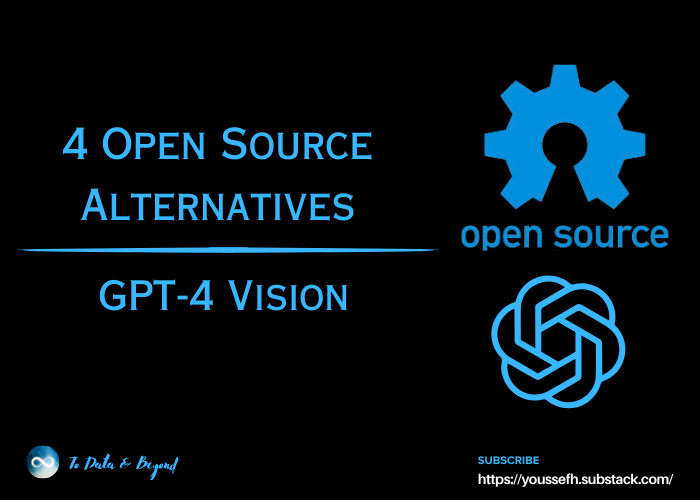Discover 4 Open Source Alternatives to GPT-4 Vision
Exploring Cost-Free Open Source Alternatives: A Guide to GPT-4 Vision Substitutes
GPT-4 Vision has undeniably emerged as a prominent player, showcasing remarkable capabilities in language understanding and visual processing. However, for those seeking cost-effective alternatives without compromising on performance, the realm of open-source solutions holds a treasure trove of possibilities.
In this introductory guide, we unveil four compelling alternatives to GPT-4 Vision that operate on open-source principles, ensuring accessibility and adaptability.
We will cover four open-source vision language models which are LLaVa (Large Language and Vision Assistant), CogAgent, Qwen Large Vision Language Model (Qwen-VL), and BakLLaVA, and explore their unique features and potential to redefine the landscape of language and vision processing.
Table of Contents:
LLaVa (Large Language and Vision Assistant)
CogAgent
Qwen Large Vision Language Model (Qwen-VL)
BakLLaVA



